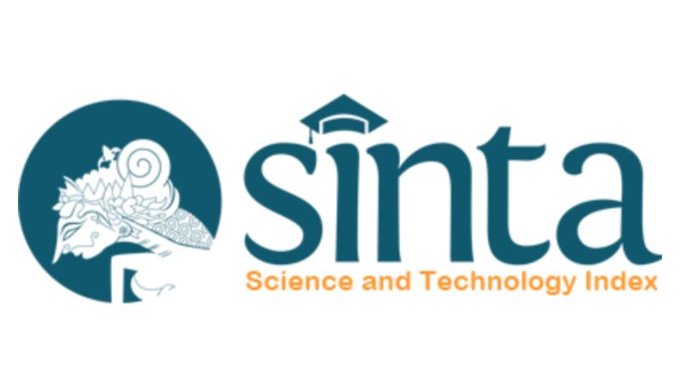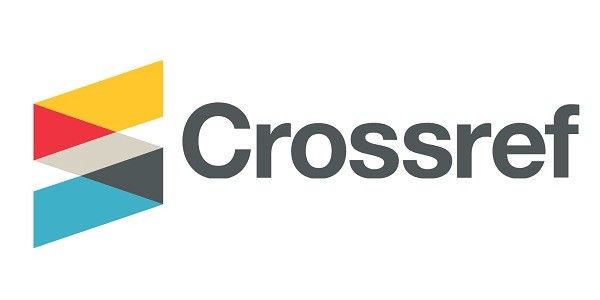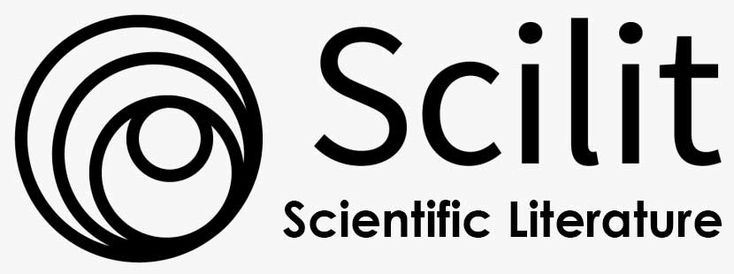Insulinoma: Diagnosis dan Tata Laksana
DOI:
https://doi.org/10.55175/cdk.v50i4.858Kata Kunci:
Hipoglikemia, insulinoma, kejangAbstrak
Insulinoma merupakan tumor pankreas yang memproduksi hormon insulin, yang terjadi pada 1-4 orang per 1 juta penduduk. Insulinoma adalah salah satu penyebab hipoglikemia yang paling umum yang terkait dengan hiperinsulinisme endogen. Gejala insulinoma antara lain berkeringat banyak (diaphoresis), berdebar, tremor, hingga penurunan kesadaran, kejang, dan koma. Pemeriksaan penunjang meliputi gula darah puasa 72 jam, C-peptide, serum insulin, skrining sulfonilurea, CT scan, dan MRI dapat membantu diagnosis. Tata laksana utama insulinoma yaitu farmakologik untuk mencegah hipoglikemia, laparoskopi pengangkatan tumor hingga pankreatektomi subtotal dan reseksi jika ditemukan metastasis.
Insulinoma is a pancreas tumor with excess production of insulin; occurs in 1-4 per 1 million population. Insulinoma is one of the most common causes of hypoglycemia associated with endogenous hyperinsulinism. Symptoms include profuse sweating (diaphoresis), palpitations, tremor, decreased consciousness, seizures, and coma. Investigations such as 72-hour fasting blood sugar, C-peptide, serum insulin, sulfonylurea screening, CT scan, and MRI can help establish the diagnosis. Treatment is pharmacological to prevent hypoglycemia, surgical removal of the tumor with a laparoscopic procedure to subtotal pancreatectomy and resection for metastases. Handris Yanitra, Myrna Martinus. Insulinoma: Diagnosis dan Management.
Unduhan
Referensi
Dire Z, Raal FJ. An unusual presentation of insulinoma and the serious consequences of delayed diagnosis. JEMDSA 2020;25(2):28–30.
Ashraf Ali Z. Insulinoma: Practice essentials, background, pathophysiology. Medscape [Internet]. 2022 [cited 2022 Jun 16]. Available from: https://emedicine.medscape.com/article/283039-overview#a5
Zandee WT, de Herder WW, Hofland J. Endotext [Internet]. 2020. Available from: https://www.ncbi.nlm.nih.gov/25905215
Yamusah N. Elusive early diagnosis of insulinomas. J Clin Transl Endocrinol Case Rep. 2021;21:100087.
Kang MY, Yeoh J, Pondicherry A, Rahman H, Dissanayake A. Insulinoma and tuberous sclerosis: A possible mechanistic target of rapamycin (mTOR) pathwayabnormality? J Endocr Soc. 2017;1(9):1120–3.
Falconi M, Eriksson B, Kaltsas G, Bartsch DK, Capdevila J, Caplin M, et al. ENETS consensus guidelines update for the management of patients with functional pancreatic neuroendocrine tumors and non-functional pancreatic neuroendocrine tumors. Neuroendocrinology 2016;103(2):153–71.
Shin JJ, Gorden P, Libutti SK. Insulinoma: Pathophysiology, localization and management. Future Oncol. 2010;6(2):229.
Metz DC, Jensen RT. Gastrointestinal neuroendocrine tumors: Pancreatic endocrine tumors. gastroenterology 2008;135(5):1469.
Okabayashi T, Shima Y, Sumiyoshi T, Kozuki A, Ito S, Ogawa Y, et al. Diagnosis and management of insulinoma. World Journal of Gastroenterology: WJG. 2013;19(6):829.
Haris B, Saraswathi S, Hussain K. Somatostatin analogues for the treatment of hyperinsulinaemic hypoglycaemia. Ther Adv Endocrinol Metab. 2020;11:2042018820965068.
Bertherat J, Tenenbaum F, Perlemoine K, Videau C, Alberini JL, Richard B, et al. Somatostatin receptors 2 and 5 are the major somatostatin receptors in insulinomas: An in vivo and in vitro study. J Clin Endocrinol Metab. 2003;88(11):5353–60.
Vezzosi D, Bennet A, Rochaix P, Courbon F, Selves J, Pradere B, et al. Octreotide in insulinoma patients: Efficacy on hypoglycemia, relationships with octreoscan scintigraphy and immunostaining with anti-sst2A and anti-sst5 antibodies. Eur J Endocrinol. 2005;152(5):757–67.
Cigrovski Berkovic M, Ulamec M, Marinovic S, Balen I, Mrzljak A. Malignant insulinoma: Can we predict the long-term outcomes? World J Clin Cases 2022;10(16):5124–32.
Jensen RT, Cadiot G, Brandi ML, de Herder WW, Kaltsas G, Komminoth P, et al. ENETS consensus guidelines for the management of patients with digestive neuroendocrine neoplasms: Functional pancreatic endocrine tumor syndromes. Neuroendocrinology 2012;95(2):98.
Yao C, Wang X, Zhang Y, Kong J, Gao J, Ke S, et al. Treatment of insulinomas by laparoscopic radiofrequency ablation: Case reports and literature review. Open Medicine (Poland) 2020;15(1):84–91.
Kulke MH, Shah MH, Chair V, Bergsland E, Helen Diller Family U, Berlin JD, et al. NCCN guidelines version 3.2017 panel members neuroendocrine tumors continue. 2018.
Caliri M, Verdiani V, Mannucci E, Briganti V, Landoni L, Esposito A, et al. A case of malignant insulinoma responsive to somatostatin analogs treatment. BMC Endocr Disord. 2018;18(1):1–6.
Kumar S, Melek M, Rohl P. Case report: Hypoglycemia due to metastatic insulinoma in insulin-dependent type 2 diabetes successfully treated with 177 Lu-DOTATATE. Front Endocrinol (Lausanne). 2022;0:941.
Majid Z, Tahir F, Haider SA. Long-standing sporadic pancreatic insulinoma: Report of a rare case. Cureus 2020;12(2) e6947
Keen F, Iqbal F, Owen P, Christian A, Kumar N, Kalhan A. Metastatic insulinoma presenting 14 years after benign tumour resection: A rare case and management dilemma. Endocrinol Diabetes Metab Case Rep. 2020;2020(1):1–6.
Amiri F, Moradi L. Pancreatic insulinoma: Case report and review of the literature. Clin Case Rep Rev. 2018;4(5):1-3.
Unduhan
Diterbitkan
Cara Mengutip
Terbitan
Bagian
Lisensi
Hak Cipta (c) 2023 Cermin Dunia Kedokteran

Artikel ini berlisensi Creative Commons Attribution-NonCommercial 4.0 International License.





















